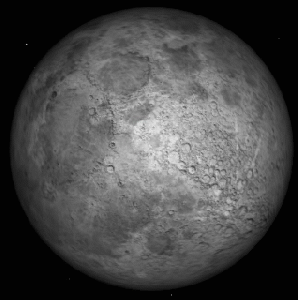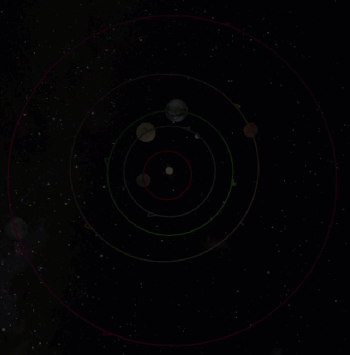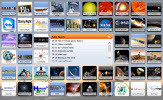January 2019
This month
Click here for the month at a glance calendar.

Total Lunar Eclipse - January 20th to 21st
Click here to learn more about the total lunar eclipse.
Visible from all of the continental U.S.A.
Mercury is visible as a morning planet for about the first half of the month as it moves toward superior conjunction on the 30th
Venus is very visible as a morning planet and this month has several encounters with the Moon and planets.
Mars is visible over the south to southwestern horizon at sunset and is easily seen but not very bright.
Dwarf Planet Ceres is over the southeastern horizon several hours before sunrise but with an apparent magnitude arund 7.0 it may be difficult to observe.
Jupiter rises a few hours before the Sun rises and is visible over the southeastern horizon.
Saturn is still too close to the Sun but by the end of the month it will start becoming visible in the morning skies over the southeastern horizon before sunrise.















 Above the Solar System at 10 day Intervals
Above the Solar System at 10 day Intervals

 Lee's Summit, MO
Lee's Summit, MO 